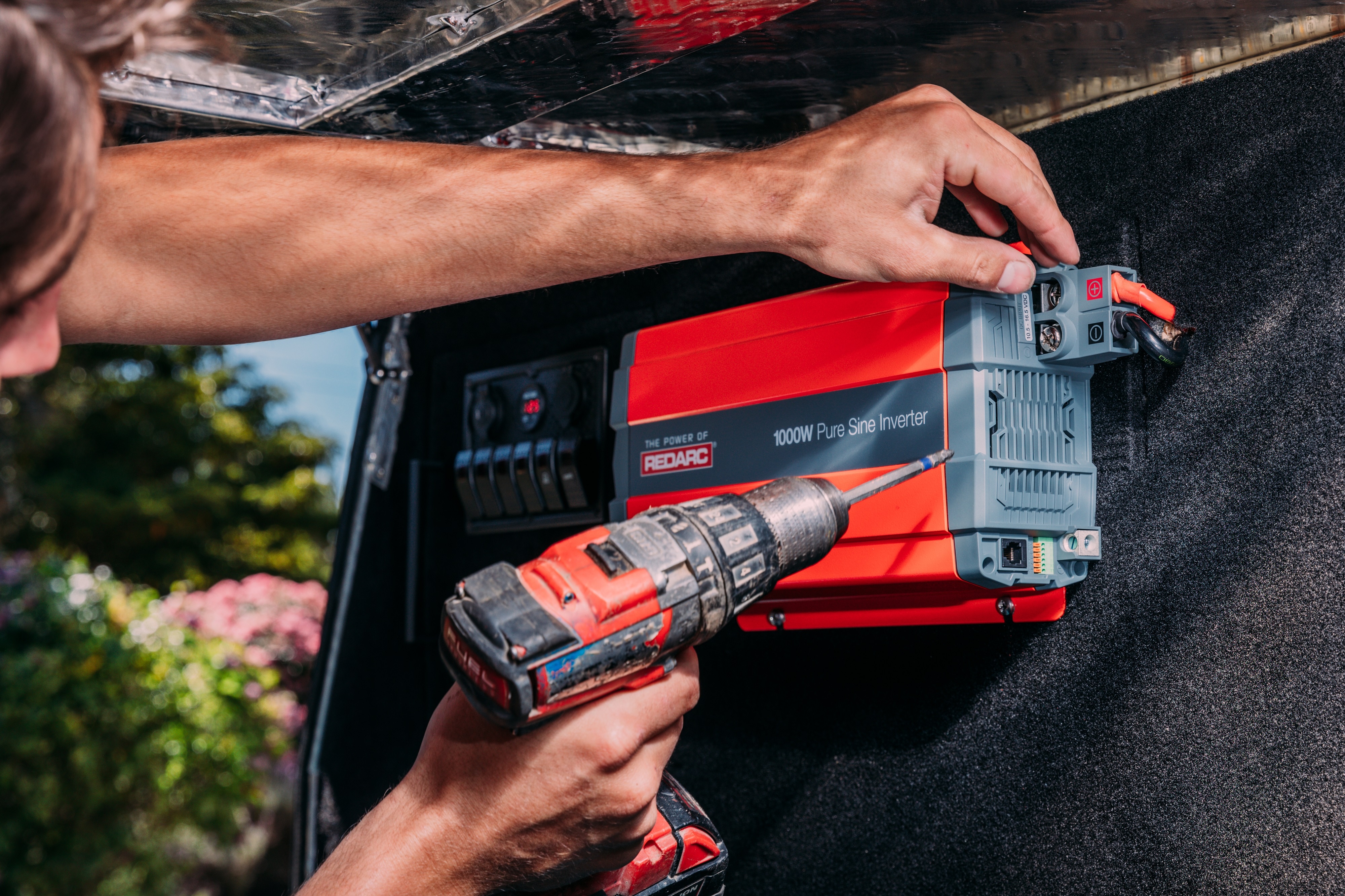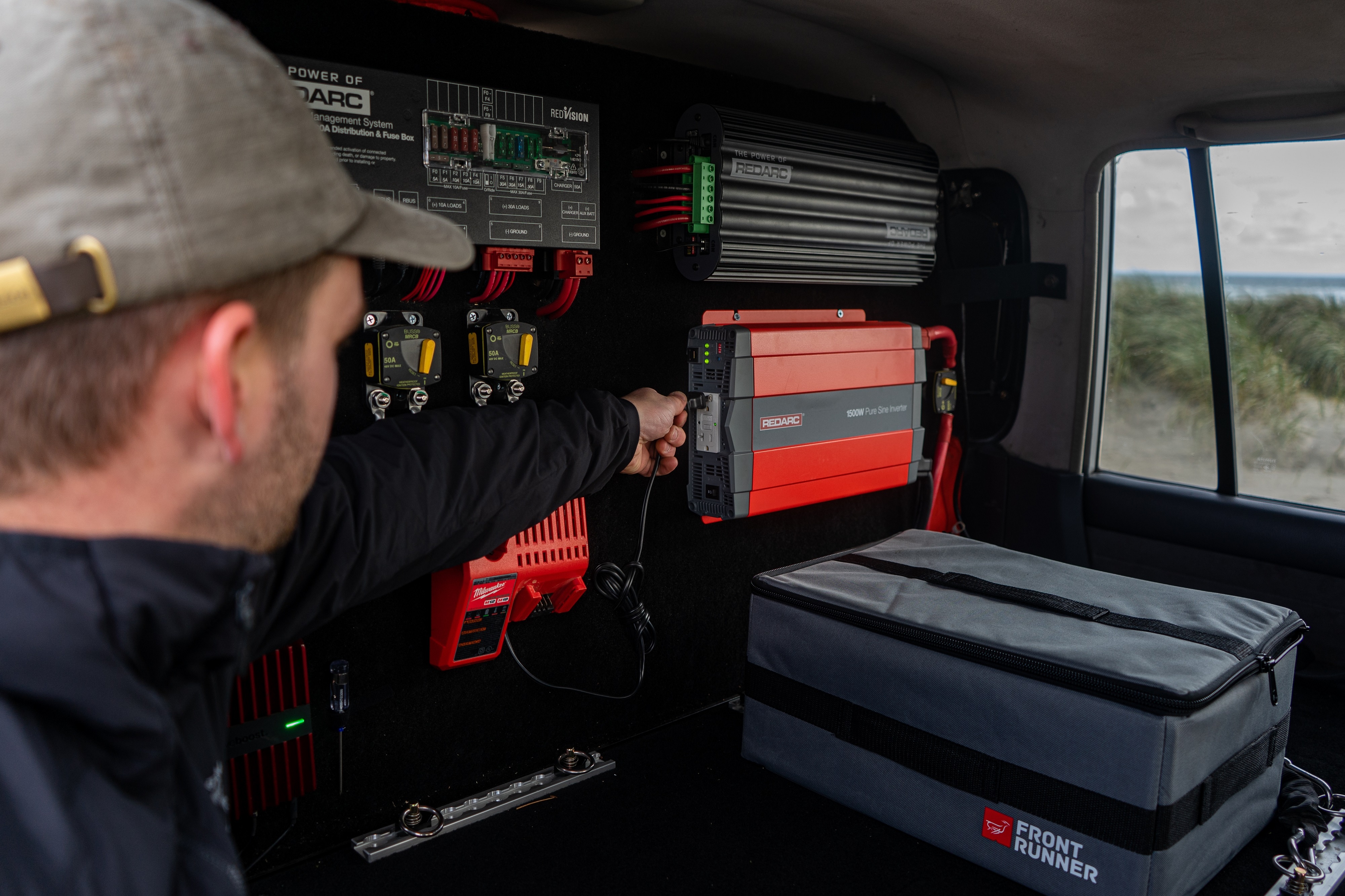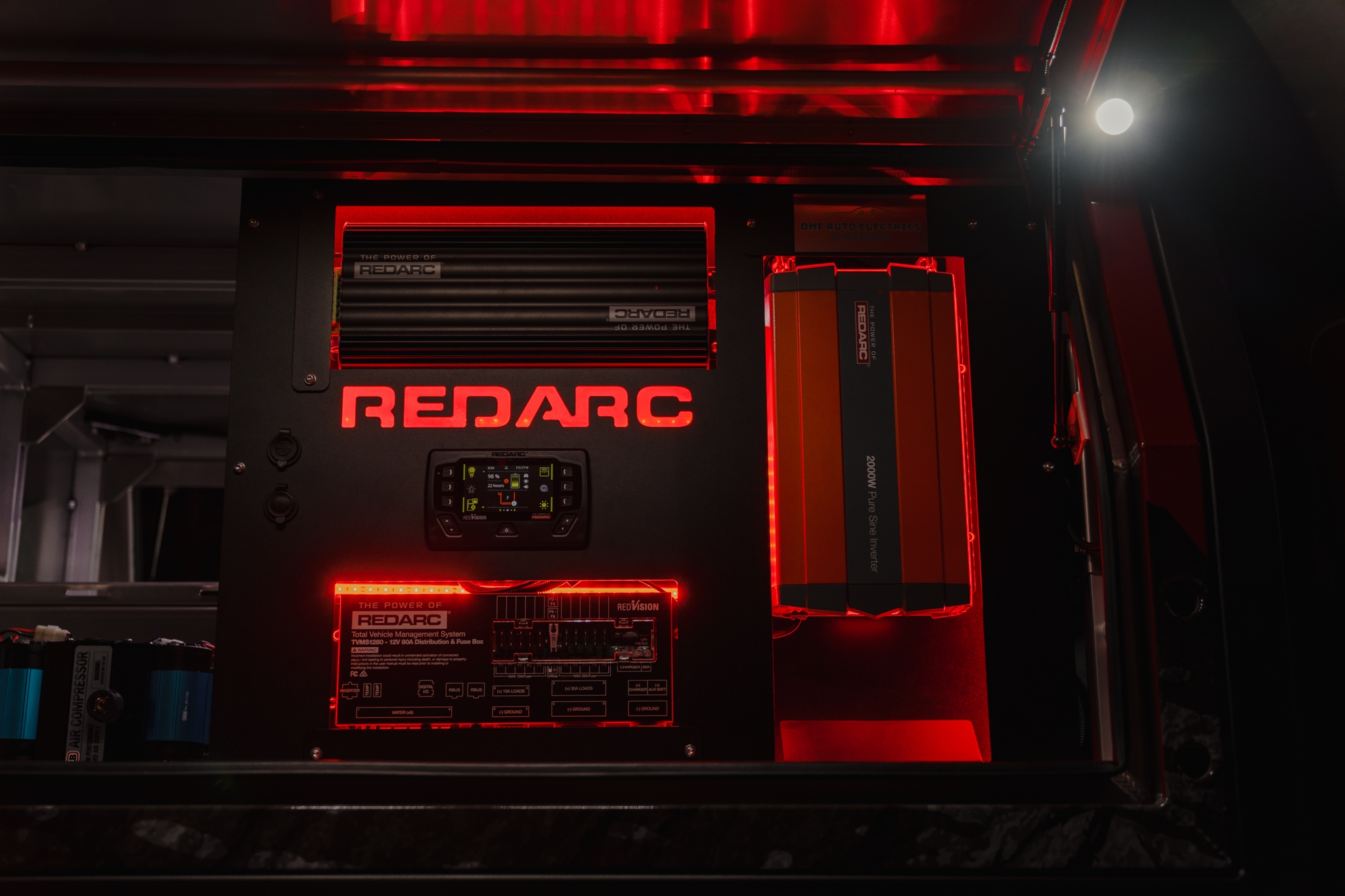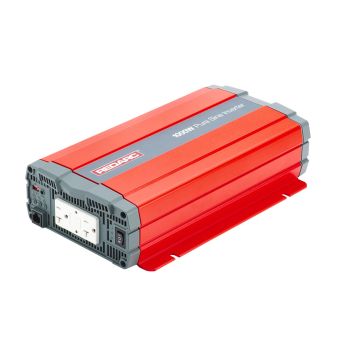Whether you need to charge your phone, laptop or power tools on the go, or want to travel remotely with some of the luxuries from home like coffee machines and televisions, the accessory you need is a Pure Sine Wave Inverter.
But how do you know where to get started, what to look for, what specs will suit your needs or how power hungry your devices will be on your batteries?
REDARC is here to help you choose the right inverter to keep your gear all charged up.
How much power do common devices use?
One of the first things to consider is what you’re wanting to charge when you’re off the grid, and how much power they consume on a day to day basis.
It’s no surprise that the right size inverter will be dependent on how much wattage your devices need, and this information is usually included on the electronic devices themselves in volts and amps.
Start-up power can exceed this rating in most applications, which is often why a higher output inverter is required. As a rule of thumb, it’s good to add 20% on top of your basic requirements and select an inverter of that capacity to give yourself some added breathing room in case you wish to add or upgrade in the future.


How do I work out what size inverter I need?
In order to work out the size of the inverter you need, it is critical to have a firm understanding of the power requirements of the accessories in your setup
For example, if you're running a 1000W microwave it isn’t advisable to just simply match it with 1000W inverter, we would recommend giving yourself some extra security with a 1500W or 2000W inverter instead.
It’s worth noting that the rated power is the power consumption of the appliance while they’re running.
What type of batteries do I need to run an inverter?
Higher output inverters require more battery capacity to sustain a higher voltage and run time. For larger inverters, 200Ah (2000w or higher) is required.
It can be a fine balancing act between keeping your devices charged up whilst simultaneously ensuring your car has enough battery power to start and get you home again. The solution to this is an in-vehicle DC to DC charger which helps keep your batteries topped up with power, allowing you to stay off-grid for longer and keep the primary battery charged so you can get home again.


If I just buy the biggest inverter will it keep me covered?
The simple answer is yes, the larger the inverter, the more appliances and equipment you can use. But this also comes at a cost when you consider the space it requires and impact it can have on your overall vehicle weight, for both now and when future upgrades are made.
It's also worth noting that larger inverters tend to have a higher standby current, so if left on but not in use they can consume more power. This issue is resolved by turning the inverter off when not in operation, made easier by using a remote switch.
It is also advisable that you choose an inverter with pure sine wave output, because they are designed specifically for charging sensitive electronics with fully isolated input and output, protected against overloading or short circuiting, while producing less heat and noise than more traditional modified sine wave inverters.


As with any vehicle setup, the possibilities are not only endless but should always be tailored to your specific wants and needs. And with so many common FAQ’s freely available, you can visit our tech help section to find out more or check out our full range of inverters.






